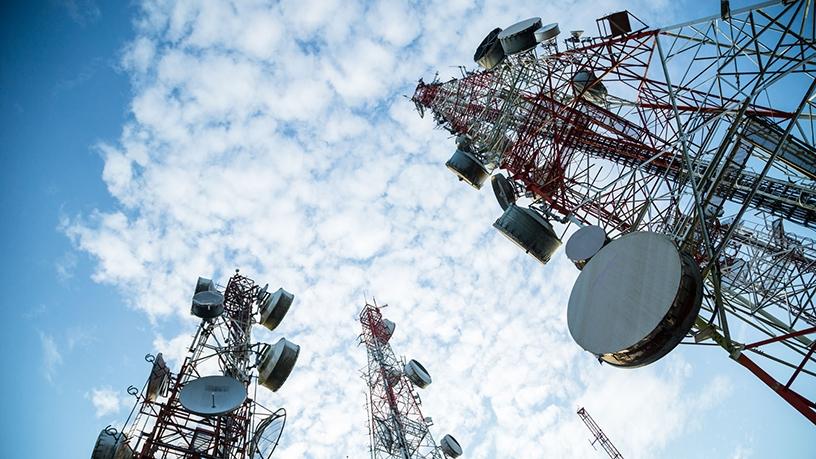
Spectrum cloudification technology developed by Huawei and Indonesia's Telkomsel could have benefits for Africa, and Huawei says the technology could be rolled out on the continent in the future.
This is according to Peter Zhou, chief marketing officer of Huawei Wireless Solution, speaking at a press event at Mobile World Congress in Barcelona.
"There is no problem for Huawei and Telkomsel to gradually deploy this kind of technology to other regions. It would definitely be very useful for South Africa and that kind of area because of the lack of spectrum and the need to improve the coverage and capacity," he says.
The companies were announcing the successful commercial deployment of the CloudAIR 2.0 solution, which aims to reshape the air interface with the concept of cloudification, sharing air interface resources such as spectrum, power and channel.
Trials on Telkomsel's live network showed the application of spectrum cloudification technology increased the LTE user downlink speed throughput by 116%, from 50Mbps to 108Mbps. In addition, the implementation of channel cloudification technology improved the carrier aggregation coverage for outdoor areas by 21.4%, as well as two to three times user experience improvement for indoor areas.
Telkomsel is Indonesia's largest mobile operator with more than 190 million subscribers. The telco says despite growing numbers of 4G subscribers, many 2G subscribers will remain for a long time. This poses a big challenge for the operator to maximise spectrum efficiency, despite limited spectrum, by scheduling its 2G and 4G resources based on demand.
"Furthermore, in order to meet the rapid development of 4G business, Telkomsel has deployed LTE technology in 2 300MHz, 2 100MHz, 1 800MHz and 900MHz at the same time. However, the high frequency band uplink signal becomes a coverage bottleneck due to high propagation, high penetration loss and limited transmitting power of the terminal. This situation results in poor user experience at the cell edge, especially in indoor areas," the telco says.
In response to these issues, the new solution addresses the problems through two technologies: spectrum cloudification (dynamic spectrum sharing) and channel cloudification.
The original CloudAIR solution from Huawei has been around since 2016 and has helped maximise spectral efficiency in India and Thailand. The new version improves on the original through innovations from Telkomsel.
"The CloudAIR 2.0 solution has enabled us to achieve a convergence of the multi-band network that maximises capacity and coverage requirements and enhances the user experience effectively," says Edward Ying, director of planning and transformation at Telkomsel.
The spectrum cloudification technology realises the deployment of different radio access technologies in the same spectrum and can dynamically allocate and adjust spectrum resources according to the changes of traffic.
Meanwhile, the channel cloudification technology combines the advantage of larger downlink bandwidth of high band and better uplink coverage of low band. The coordination between LTE high band and low band channel cloudification can significantly improve the coverage of high band and improve the cell edge user experience, especially for LTE indoor coverage areas.
For now, CloudAIR 2.0 is only available in Indonesia but Zhou believes this type of solution would make a lot of sense in a market like SA, which like Indonesia struggles with a lack of spectrum.
"There are plans to implement the technology and software in Huawei's global roadmap, so this means this type of product will gradually be deployed in other markets and other regions and also provide the benefit to the people there.
"Like in Africa, because the situation is quite similar, lack of spectrum and people needing to improve their user experience of using smartphones and the carriers wanting to also start improving the efficiency of their investment so this could be a very beneficial technology," Zhou says.
Share